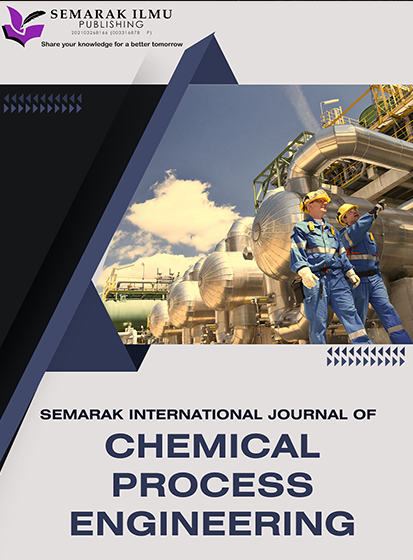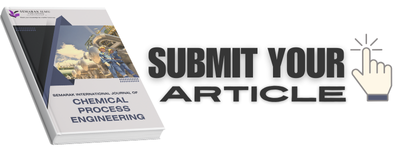Biosorption of Caffeine from Contaminated Water onto Sugarcane Bagasse Biomass
DOI:
https://doi.org/10.37934/sijcpe.1.1.111Keywords:
Caffein removal, activated carbon, sugarcane bagasse, chemical activation, wastewater treatmentAbstract
Caffeine waste residue has been identified as a significant source of environmental caffeine contamination, primarily originating from the disposal of unfinished caffeinated beverages. Once released, caffeine can reach wastewater treatment plants (WWTPs) and eventually enter the water cycle, posing potential ecological risks. This study investigates the potential of sugarcane bagasse, a readily available and inexpensive material, as an activated carbon adsorbent for caffeine removal. The sugarcane bagasse was chemically activated using sulphuric acid to enhance pore development. Various operating parameters, including adsorbent dosage, contact time, and stirring rate, were examined to optimize caffeine adsorption. The activated carbon was characterized using Low Voltage Scanning Electron Microscopy (LVSEM) and Fourier Transform Infrared Spectroscopy (FTIR). Results demonstrated a maximum caffeine removal efficiency of 99.12%, highlighting the potential of sugarcane bagasse as a low-cost and eco-friendly solution for wastewater treatment applications.













